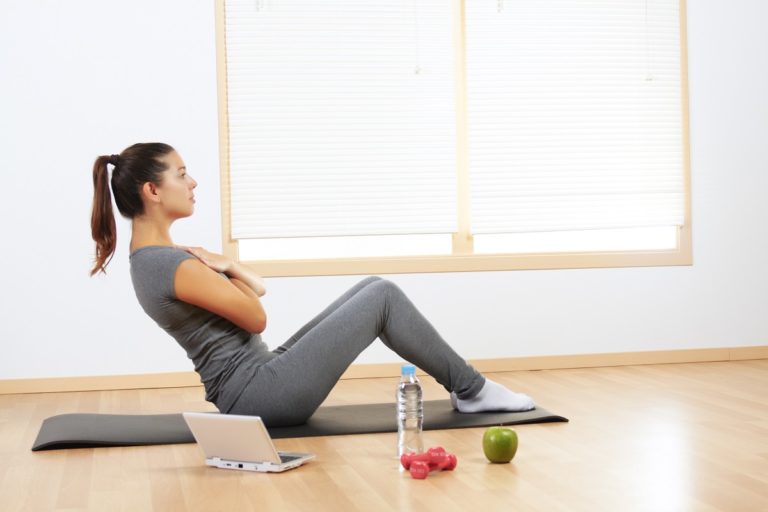It might sound like stretching to find a silver lining, but the pandemic can actually encourage people to improve their lives somehow. For many of us, that has come in the form of a perceived opportunity to exercise more and lead a healthier lifestyle.
However, it’s worth remembering that taking on additional tasks that could otherwise be performed by a trained professional is a form of shadow work. In this case, working out at home means you’re doing the job of a trainer and physio. And it’s probably safe to say that most people aren’t qualified enough to do those things professionally.
What happens if you get your workout wrong in some way? It could lead to injury, burnout, and, ultimately, a lapse back into unhealthy habits. And you can go a long way towards preventing those things by following science-backed methods for recovering after exercise.
Get enough sleep
Professional athletes train obsessively. They have records to set and competitors to beat. In all their efforts to hit the gym harder each day and find that next-level skill to set themselves apart, they can ignore the basic need for adequate sleep.
The average person isn’t in the same boat as elite athletes. But we do fall prey to the same tendency to neglect rest. We insert exercise into our daily routines but often refuse to cut back on other habits that consume our time or keep us awake.
Studies show that sleep is critical to overall health as well as performance among athletes. And these are trained professionals whose bodies are in far superior condition to ours. How much more vital, then, is our need to sleep well after a workout?
Put away your devices for at least an hour before bedtime, and curtail the amount of time you spend stressing over work, the news, or social media. It can all wait until the morning.
Recovery interventions
An intense workout can have you feeling like the best thing in the world would be strolling to the massage chair store and lying down the rest of the day. Such practices are actually quite common, on both the casual and professional level.
Athletes have tried wearing compression gear and stretching out using foam rollers. Some even dip themselves into an ice water bath or hook themselves up to a high-tech apparatus that shocks their tired muscles with little jolts of electricity.
If you don’t have access to some or all of this equipment, you can relax. According to research, the best form of post-exercise intervention for muscle recovery is massage. You can do that yourself, have a partner help relieve your suffering, or get the right gear for your needs. And in a pinch, compression gear also helps to reduce the perception of fatigue.
Fuel your metabolism

Every fitness enthusiast these days seems to be crazy about gulping down protein shakes. And this isn’t just a fad. Science has demonstrated that protein is the building block for muscle. And when you exercise, muscles actually suffer damage on a small scale. Not to worry, though. Protein is what the body uses to repair that damage.
It’s wrong to focus on protein, though. And if you’re not keen on delving into the scientific aspects of nutrition, there’s a much easier piece of advice to follow: eat a healthy, balanced diet. It will ensure that you get not only protein but all the nutrients you need.
And don’t bother with the energy drinks, either. You can get electrolytes and carbohydrates aplenty from food. What your body really needs is water. Rehydrate, and eat more. Your metabolism will actually increase because your body realizes that conditions are changing. You’re engaging in more activity while still getting sufficient nutrition, so metabolism can afford to rise and burn excess stored fat. And many people would agree that’s a good thing.
Manage your load
The last, and perhaps easiest, way to ensure proper recovery is through managing your own training. Go easy on yourself by adjusting the schedule as well as the intensity of your exercises. You want to sustain fitness and health for life, not crash and burn trying to sculpt a beach body in six weeks.
You can still have intense workouts, but they need to be spaced properly. After focusing on one muscle group, give it 2-3 days of rest. In the meantime, you can do light exercise, like cardio, involving the whole body. This will maintain regular activity without pushing your muscles too fast or too far.













